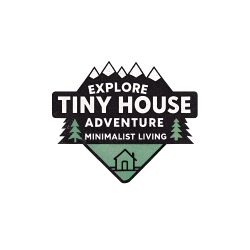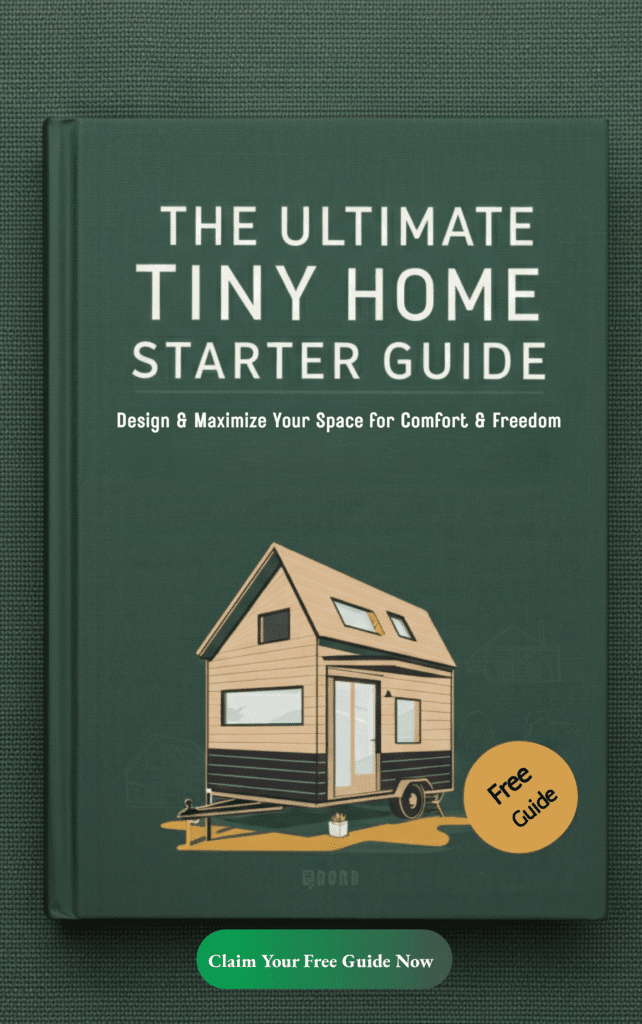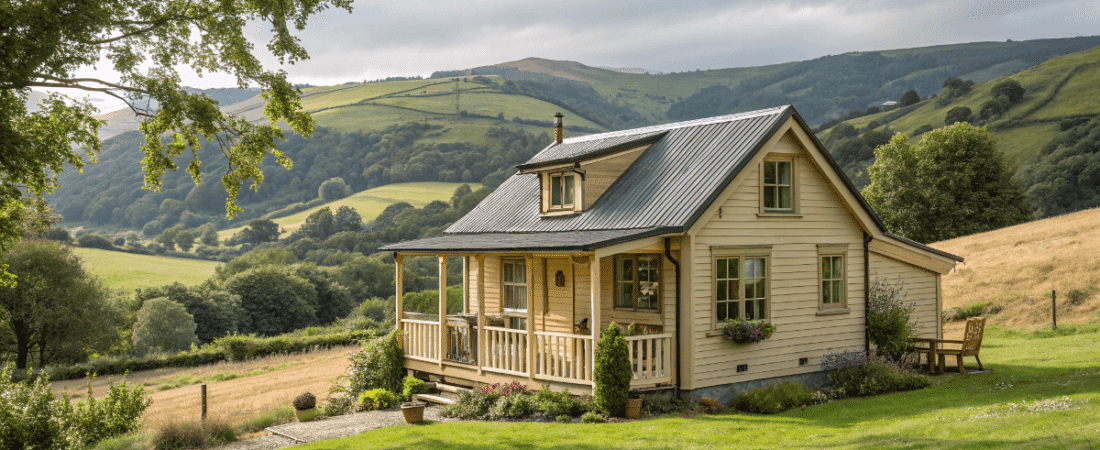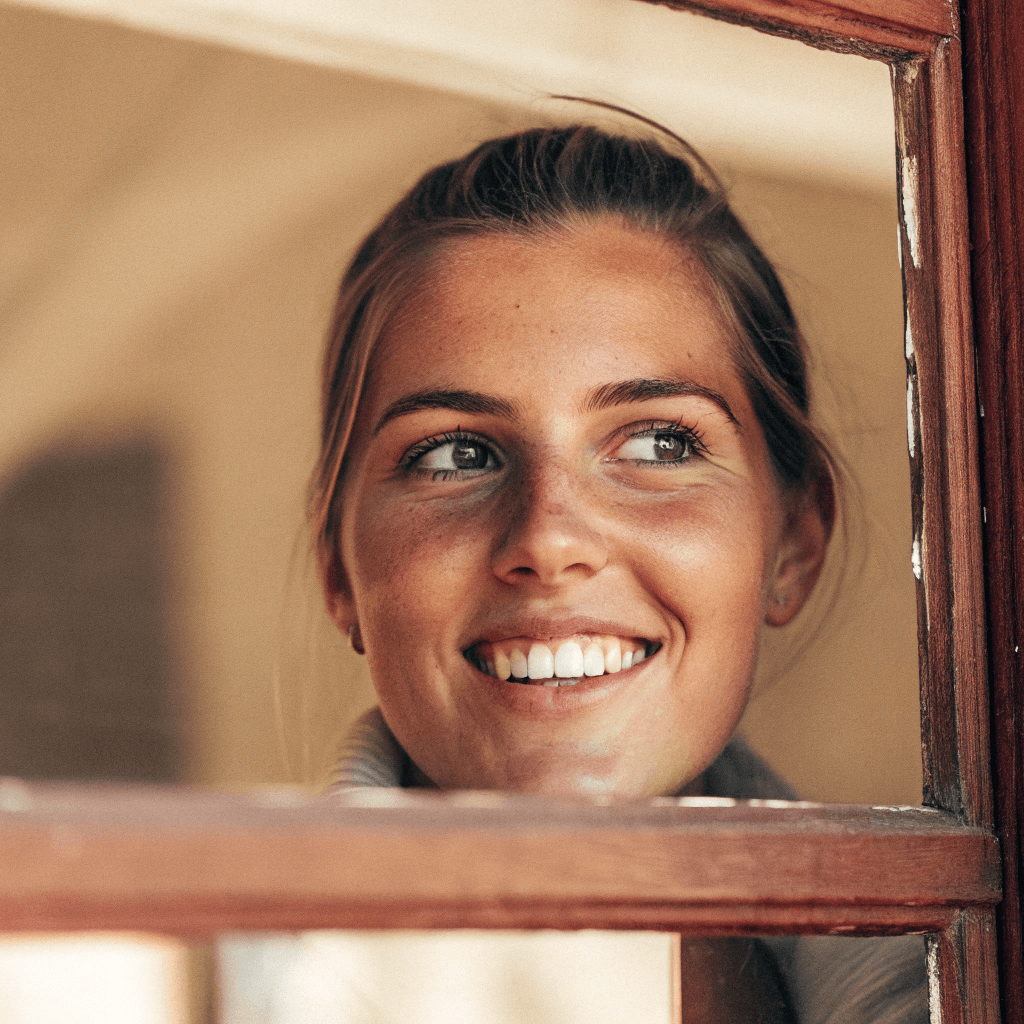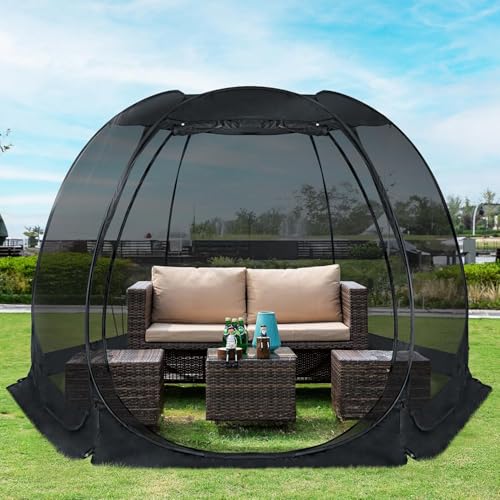The tiny house UK movement is growing and it’s not hard to see why. It’s not just about downsizing, it’s about living a simpler, more financially savvy and environmentally conscious lifestyle. If you’re curious about living small, here are ten reasons why a tiny house might be the perfect choice for you.
- 1. What is a Tiny House?
- 2. The Tiny House Movement
- 1. Affordable Living
- 2. Lower Energy Costs
- 3. The Ability to Move Around
- 4. Sustainable Living
- 7. UK Laws and Regulations
- 8. Planning and Zoning
- 5. Faster Ownership
- 6. Less Maintenance, More Time
- 7. Stylish and Unique Designs
- 8. Living Simply for Less Stress
- 9. Lower Property Taxes
- 10. Growing Tiny House Communities
- 15. Getting Started on Your Tiny House Journey
- Is Tiny House Living for You?
1. What is a Tiny House?
A tiny house is a cozy, fully-equipped home designed for a sustainable, off-grid lifestyle. Tiny houses are usually between 15 and 50 square meters and are built from eco-friendly materials. They’re a more practical and affordable alternative to traditional brick-and-mortar houses. Some tiny houses have a solid foundation, but many are mobile, so you can move your home wherever you want. This makes tiny houses a great choice for those who want to escape the hustle and bustle and live in harmony with nature. Whether you want to downsize or live a more sustainable lifestyle, a tiny house is a great solution.
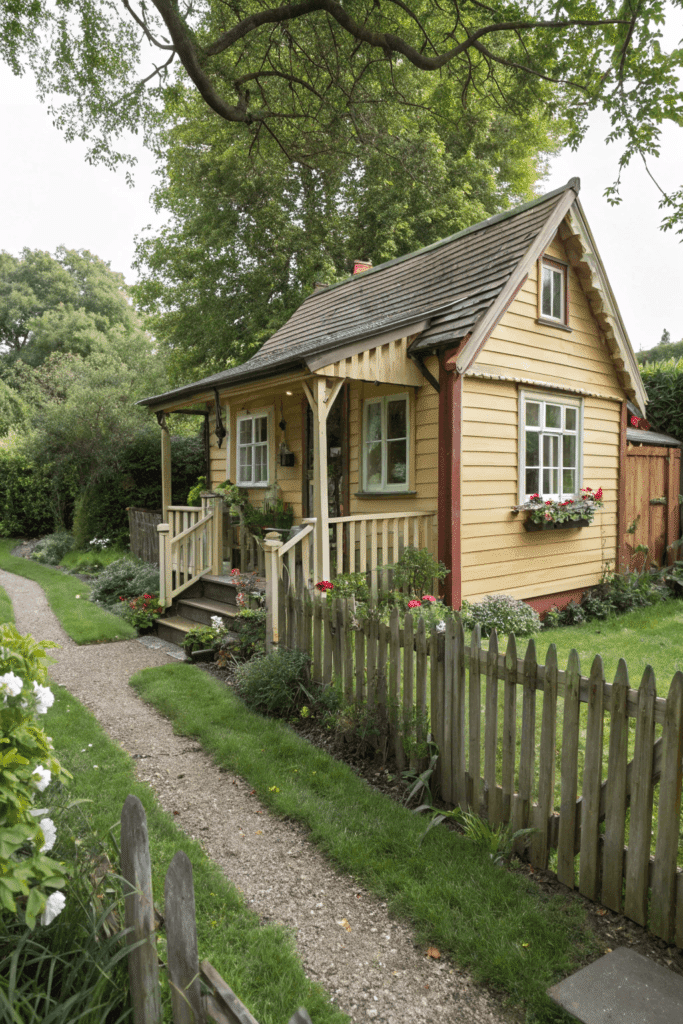
2. The Tiny House Movement
The tiny house movement began in the USA, but it has gained a lot of popularity in the UK. It’s not a trend, it’s a lifestyle that’s all about simplicity, sustainability and freedom. Many people are drawn to this lifestyle because of the lower energy costs and the idea of living off the grid. Of course, there are many financial benefits to this lifestyle. The initial costs are lower, the energy bills are smaller and the impact on the environment is smaller. But there’s something more to the tiny house movement. The freedom to travel and explore new places with your home by your side is a big part of this lifestyle. It’s about living intentionally and enjoying the simple things in life.
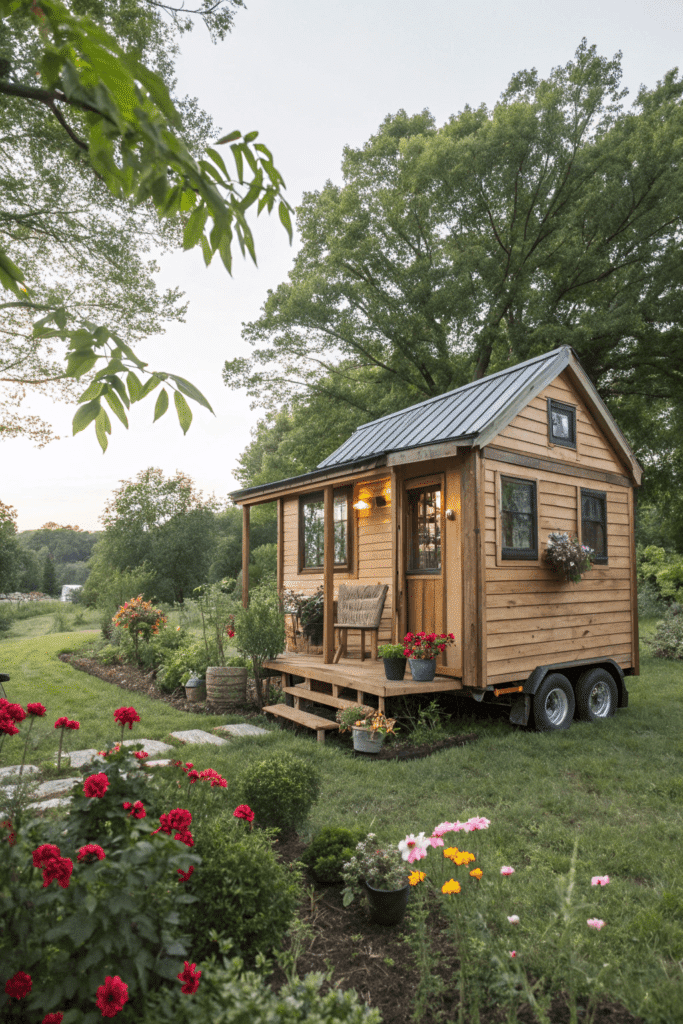
1. Affordable Living
Tiny houses are much cheaper than traditional houses. With the average house price in the UK so high that many people can’t afford to get on the property ladder, tiny houses are a great way to own your own home without getting into debt. If you want to be able to move your tiny house around, you’ll need to make sure it’s ‘road legal’. This means that your tiny house will need to meet certain size and weight requirements. Instead of worrying about how you’re going to afford it, you can get on with enjoying life. And there are many tiny house builders in the UK who can help you get started.
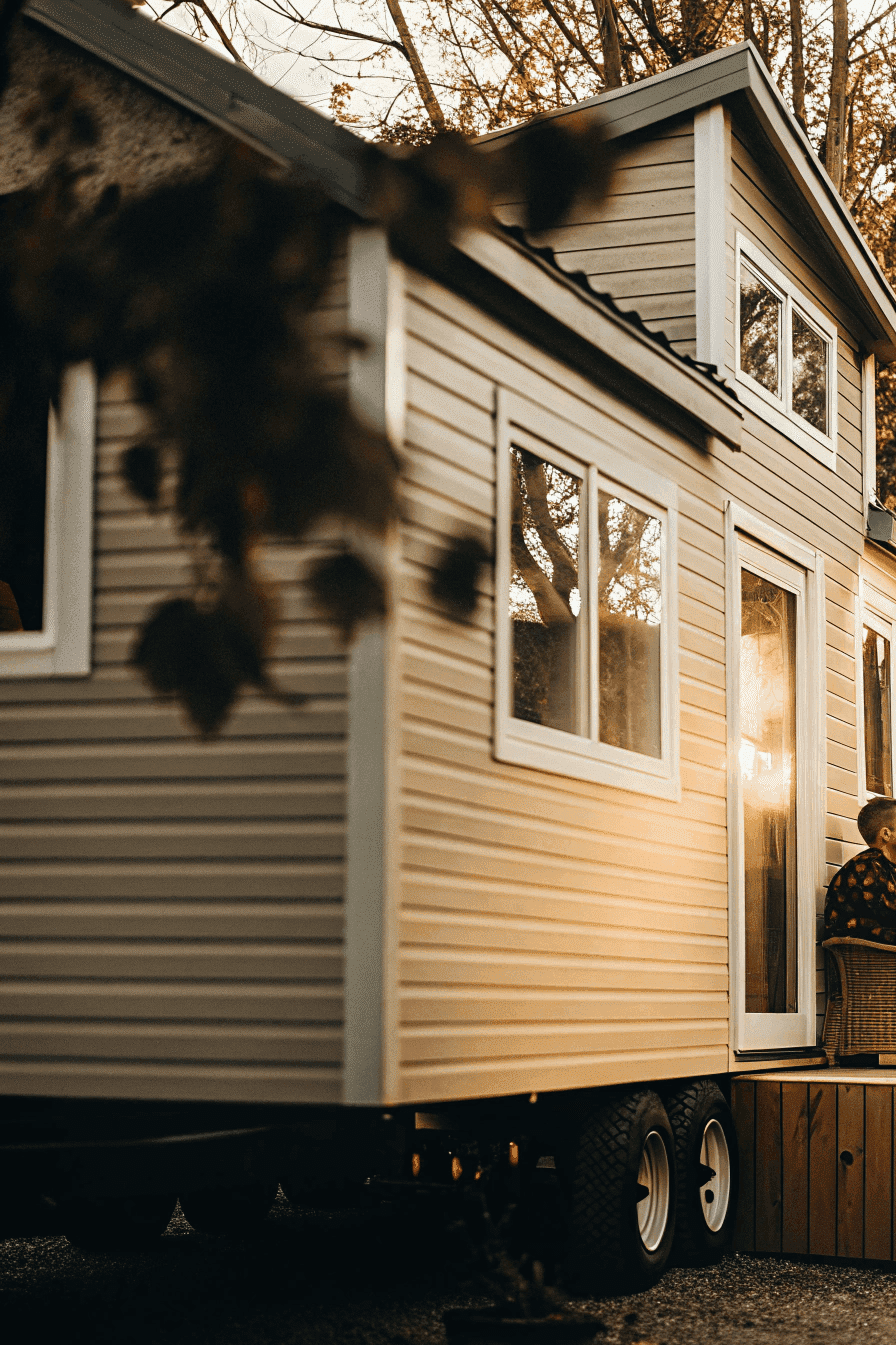
2. Lower Energy Costs
Tiny houses use much less energy for heating and power.
Because they’re smaller, you’ll need less resources, which means you’ll save money on electricity and gas.
Many tiny houses are designed with renewable energy in mind, such as solar panels and better insulation.
This means you can stay warm and cozy while reducing your carbon footprint.
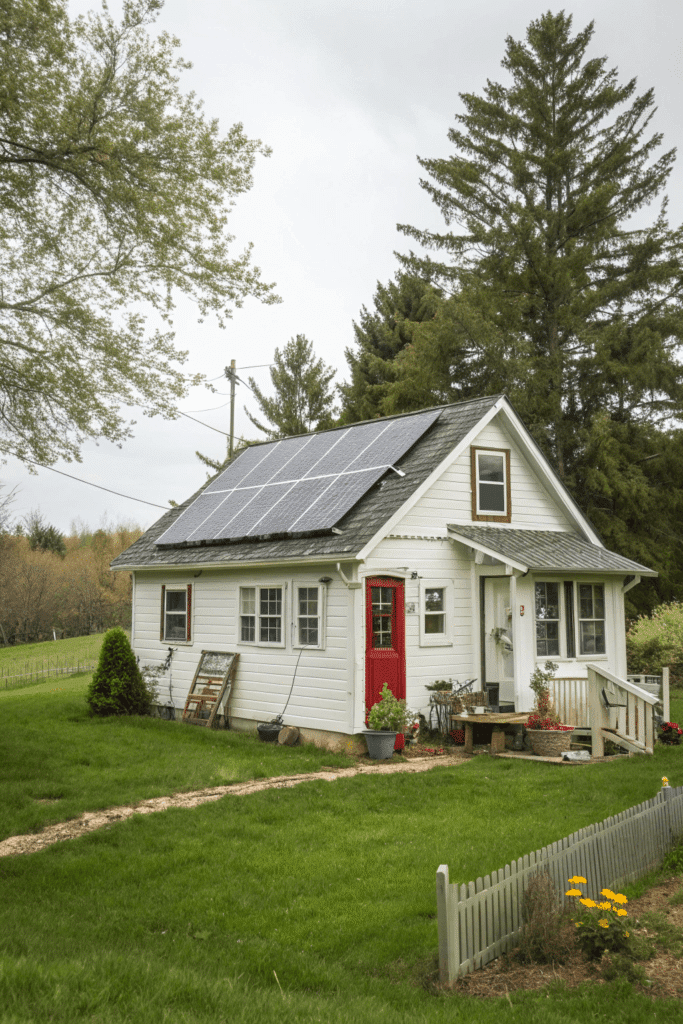
3. The Ability to Move Around
Many tiny houses are built on wheels, so you can move them wherever you want.
Do you want to spend the summer by the sea? No problem.
Do you want to live in the countryside? Just hitch up your tiny house and go.
Your home will be your adventure, following you wherever you go.
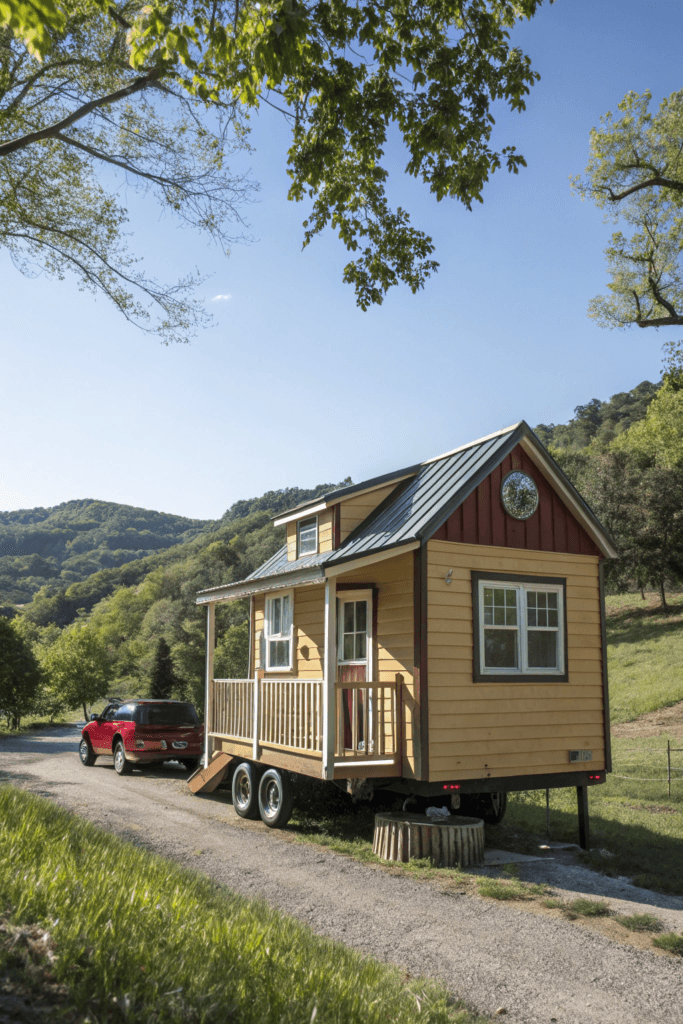
4. Sustainable Living
Tiny houses are a more sustainable way to live.
They’re often built with sustainable materials and designed to waste as little as possible.
They also encourage a more minimalist lifestyle, which means less overall consumption.
With a tiny house, you can make a big impact.
For more information on sustainable living, check out Sustainable UK Living.
7. UK Laws and Regulations
In the UK, tiny houses are often classed as caravans if they’re built on a trailer or are movable. According to UK law, a caravan is a structure intended for human habitation that can be moved. This means that tiny houses can be placed in a variety of locations, such as gardens, on private land under permitted development rules, caravan parks, glamping sites or agricultural land. It’s important to stay up to date with the latest UK laws and regulations regarding tiny houses, as they can change. Knowing what the laws are will make it easier to place and live in your tiny house.
8. Planning and Zoning
Planning and zoning regulations can vary depending on how you plan to use your tiny house. If your tiny house is fixed to the land, you’ll likely need planning permission. If your tiny house is an additional dwelling, you may not need planning permission. The concept of “curtilage” can be particularly tricky, especially if you’re planning to place your tiny house next to a farmhouse. To avoid any legal issues, it’s a good idea to speak to a local planning officer or a planning consultant. They can let you know if you need planning permission for your tiny house and how it will affect the surrounding area, especially if you’re planning to place your tiny house in an area of outstanding natural beauty.
5. Faster Ownership
It can take months or even years to buy land or a traditional house.
Tiny houses can be bought or built in a fraction of the time.
This means you can start living the life you want sooner.
This is one of the reasons why tiny house living is so great for young families or first-time buyers.
6. Less Maintenance, More Time
It can take hours to clean a three-bedroom house.
But a tiny house? You can clean it in minutes.
Repairs and maintenance are also easier and cheaper.
This means you can spend more time doing the stuff you love – whether that’s your favorite hobbies, travel, or quality time with family and friends.
7. Stylish and Unique Designs
Tiny houses are incredibly stylish given their small size.
From modern to rustic, there are tiny house designs to suit every taste.
You can customize every inch to suit your personality and needs.
Tiny houses in the UK are proof that great things really do come in small packages.
For some inspiration, check out UK Tiny Home Ideas.
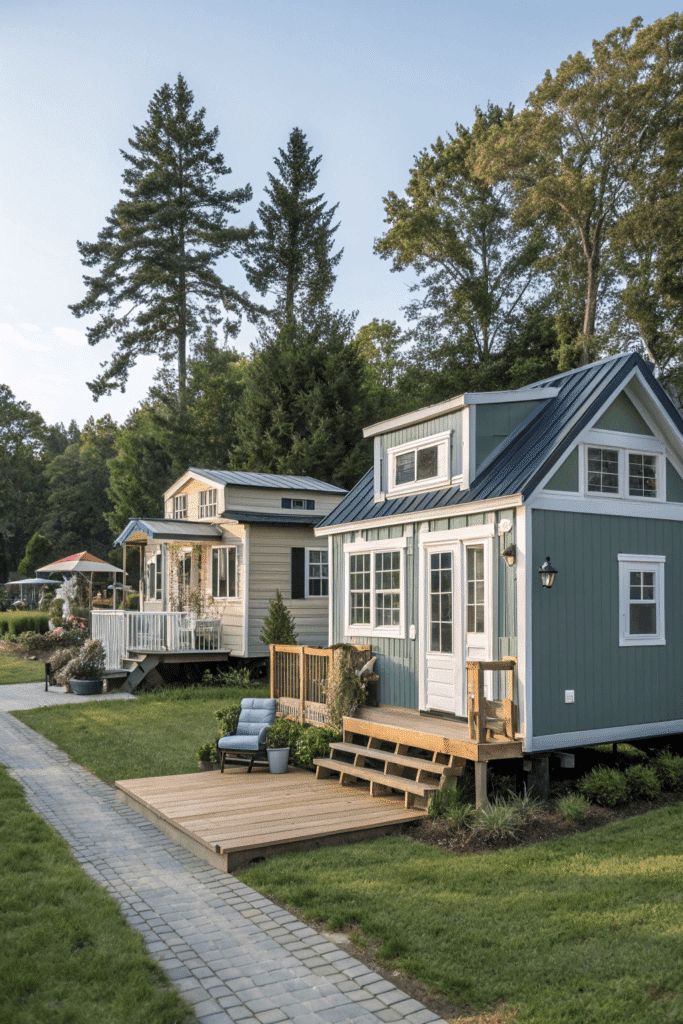
8. Living Simply for Less Stress
Many of us feel overwhelmed by clutter and stuff.
Living in a tiny house encourages you to get rid of anything you don’t need.
By getting rid of clutter, you create a peaceful and organized space that gives you freedom.
You start to focus on experiences and relationships rather than stuff.
9. Lower Property Taxes
Many tiny homes are classed as accessory structures or are mobile, which means they can have lower property tax obligations.
This can be a big money-saver if you want to save money every year.
It’s something that bigger homes can’t offer.
10. Growing Tiny House Communities
The UK is home to a growing tiny house movement.
Communities of like-minded people are forming, all united by a desire to live a more minimalist and sustainable lifestyle.
If you’re looking for connection and shared values, tiny house living could be the way to find your community.
Check out groups like the Tiny House Community UK for events, tips and support.
15. Getting Started on Your Tiny House Journey
Getting started on your tiny house journey can be both exciting and liberating. Here are some steps to help you get started:
Research and Planning: Start by learning as much as you can about the tiny house movement, UK laws and regulations and planning and zoning. This will give you a solid foundation to make informed decisions.
Choose a Location: Decide where you want to place your tiny house. You can choose your own land, a garden or a caravan site. Each location has its own set of rules and benefits.
Design and Build: Work with a builder or designer to create a tiny house that suits your needs and budget. Customize the design so that it suits your lifestyle.
Energy Efficiency: Look into renewable energy solutions like solar panels to reduce your energy costs and live off the grid. Energy efficiency is important for sustainable tiny house living.
Storage: Storage is important in a tiny house. Think about built-in storage and design ideas that can help you make the most of your space.
Get Professional Help: Speak to a local planning officer or planning consultant to make sure you’re complying with UK laws and regulations. They can help you with any legal issues.
By following these steps, you can start your tiny house journey and reap the rewards of saving money, living a more peaceful lifestyle and living off the grid. So, get started and discover the joys of living small and sustainably.
Is Tiny House Living for You?
The tiny house UK lifestyle is about living with intention.
It’s not just about downsizing, it’s about living a better life.
Whether you want to live more sustainably, have more freedom or save money, a tiny house could be the next step for you.
Take the plunge today and discover how living smaller can lead to a greater sense of happiness.
